Paeonia Itoh 'Bartzella'
Paeonia Itoh 'Bartzella' - Peony
Paeonia Itoh 'Bartzella' - Peony
Exposure
- Sun
- Partial shade
Rusticity
Bloom time
- May
- June
- Abundant fragrant yellow flowers
- Very large flowers (15-20 cm)
- Strong stems, no staking
- Attractive foliage all season
- Extremely hardy
Considered by many to be Roger Anderson's best Intersectional Peony introduction, 'Bartzella' Itoh Peony earns a gold star in our book! This peony combines the best qualities of both herbaceous and tree peonies, offering an incredibly elegant form with abundant, large, and superbly fragrant flowers. It's a sturdy plant with magnificent foliage that lasts from spring through fall, forming a solid clump that can replace a small shrub in the landscape.
Characteristics
- Foliage : The healthy, sturdy green foliage, similar to that of tree peonies, is beautiful from spring through fall. New spring growth is a copper-burgundy color, and the foliage turns a soft yellow in the fall. It forms a solid clump.
- Bloom : Produces semi-double to double, delicate pastel yellow flowers with a small rose-purple flare in the center. The flowers are large, averaging 15 to 20 cm (6 to 8 inches) across, and have a pronounced sweet fragrance. An established clump can produce 80 or more flowers. Blooming occurs in late spring or mid-to-late spring (April-May). Bloom time is longer due to additional flowers produced on side shoots.
- Light : Prefers full sun (more than 6 hours of direct sun) to part shade (4 to 6 hours of direct sun). Full sun is recommended for optimal blooming.
- Habit : Its habit is bushy, robust, and forms a solid clump with flowers neatly spaced on top and sides.
- Growth : Growth is medium.
- Humidity : Requires low to average water. It is drought-tolerant once established.
- Soil : Prefers fertile soil with a neutral pH. Well-drained soil is essential.
- Temperature : It possesses extreme winter hardiness, like herbaceous peonies. It is hardy in zones 3 through 8 or 4 through 9 depending on the source, making it very well-suited to the Canadian climate.
- Watering : Low to average water needs. Drought-tolerant once established, but regular watering during dry periods promotes better blooming.
Uses
- Types of Use : Excellent as a border plant, cut flower, for cut or dried foliage, as a specimen or focal point. Its sturdy clump can even replace a small shrub in the landscape. Suitable for Cottage, Eclectic, and Formal garden styles.
- Decorative Advantages : Its very large, fragrant yellow flowers and elegant form make it a spectacular addition to the garden. The attractive foliage adds visual interest from the growing season until frost. Its strong stems hold flowers upright, even after heavy rain.
Care
- Fertilization : An annual fertilization in the spring with a balanced fertilizer for flowering plants can be beneficial.
- Pruning : Remove spent flowers after blooming for aesthetic reasons and to conserve the plant's energy. Foliage can be cut back in the fall after frost. Herbaceous stems die back in the fall.
- Planting :
- Distance : Plant allowing enough space for its mature size, about 90 cm (3 feet) apart.
- Depth : Planting depth is crucial for peonies. The "eye" (growth bud) should be planted just below the soil surface (no more than 2.5-5 cm or 1-2 inches deep). Planting too deep can prevent blooming.
- Period : Fall is the ideal time to plant peony divisions. Spring planting is possible, but less ideal.
Plant details
Dimensions
Dimensions
Characteristics
Characteristics
Habit:
- Bushy
- Compact
- Upright
Flowering colours:
- Yellow
- Pink
- Purple
Plant needs
Plant needs
Watering:
Maintenance:
- Average
Soil requirement:
Features
Features
Resistance:
- White-tailed deer
- Drought
- Rabbits
Attract:
Use:
- Border
- Mass planting
- Isolated
Attribute:
- Long flowering
- Fragrant
- Cut flower
- Decorative foliage



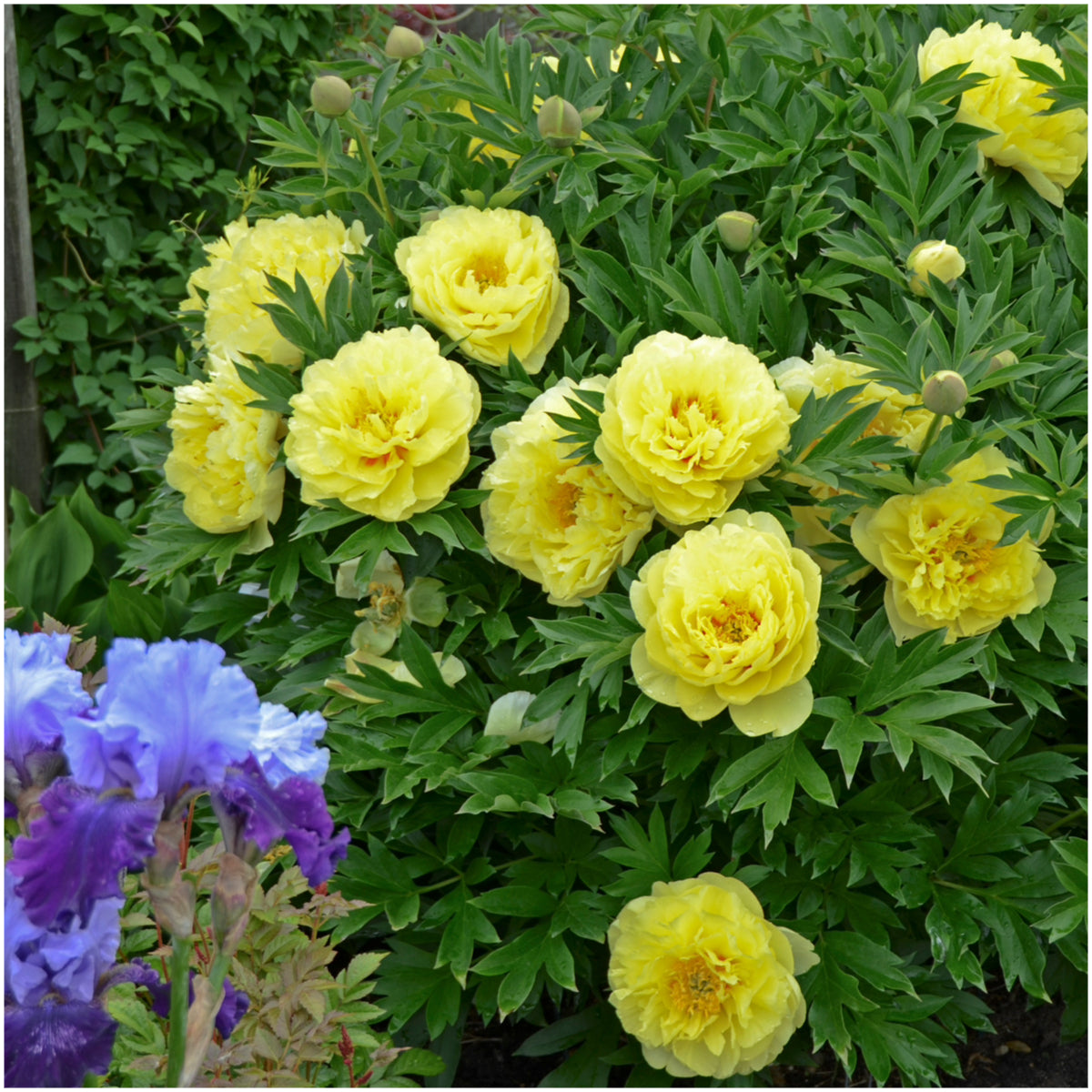
Related articles
-
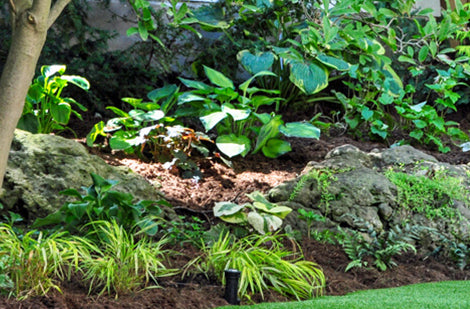
Perennials for all occasions
Read the articleOsez créer des associations inédites qui sauront refléter votre personnalité, même si pour cela vous deviez déplacer certaines vivaces pour mieux les mettre en valeur.
-
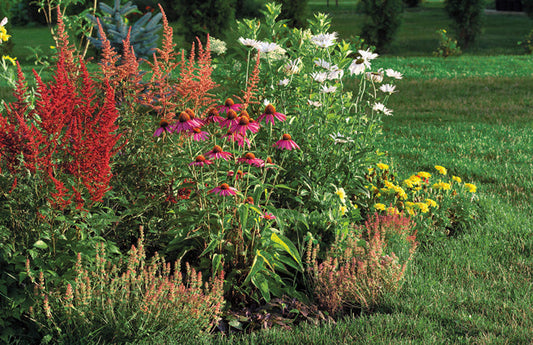
Landscaping with perennials
Read the articleVariétés à découvrir, la tomate se savoure crue, en sandwich, en bruschetta ou en salade. Cuite, c'est l'ingrédient de base de sauces, soupes et salsas.
-
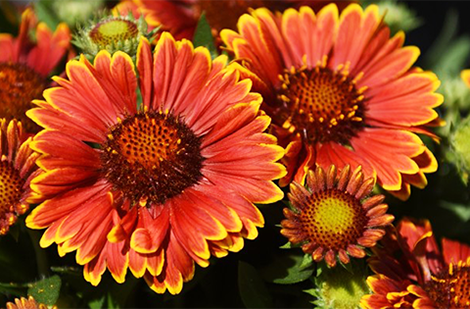
Perennials proper maintenance: cut and fertilize
Read the articleLa grande popularité des vivaces vient du fait qu'après avoir été oubliées pendant des mois au cours de l'hiver, elles réapparaissent sur la scène plus énergiques et surprenantes que par...
-
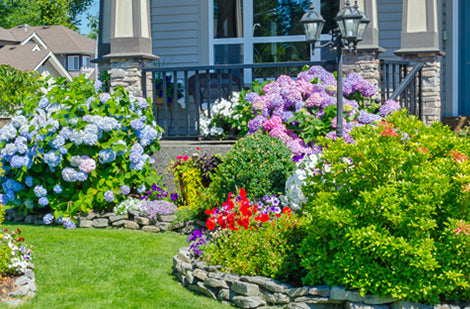
How to plant perennials in your garden
Read the articleEn pénétrant au jardin, ce sont souvent les plantes vivaces que l’on remarque en premier. Un massif de sauges, d’hémérocalles, d’astilbes, d’échinacées ou de lavande offre un spectacle d’une beauté...












